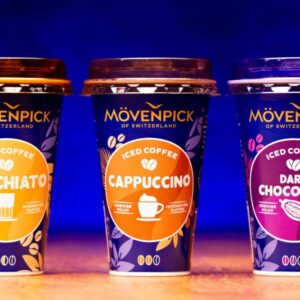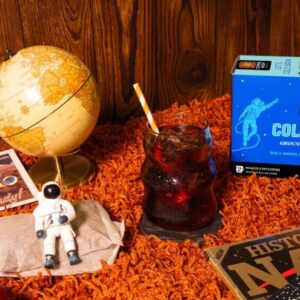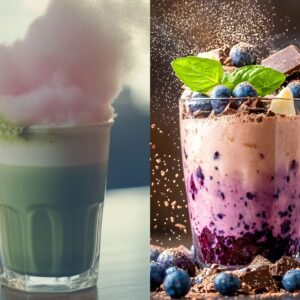Beverage Trends Shaping the Year Ahead
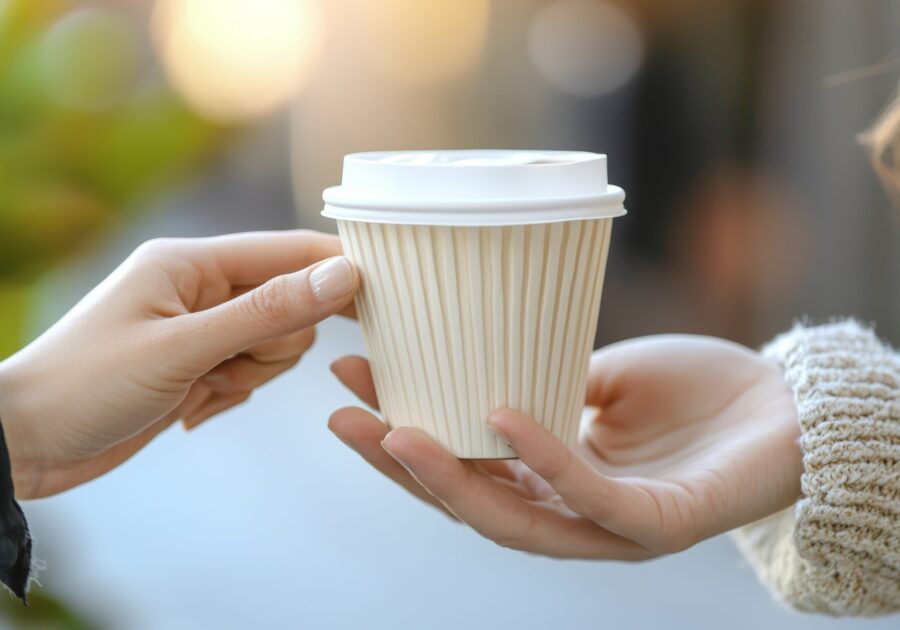
Image credit: atipong stock.adobe.com
In an exclusive article for T&CTJ, Siân Edwards, director of strategy and insights at Finlays, outlines the leading beverage trends for 2025.
The beverage industry is evolving faster than ever, driven by shifting consumer preferences, technological advancements, and a growing focus on sustainability. In 2025 brands are blending innovation with authenticity, from AI-powered experiences to bold new flavours. Here is a look at the key trends set to shape the beverage world this year.
Human Connection
In a world dominated by contactless ordering, QR menus, and app-based delivery, consumers are seeking more human-centred experiences to foster meaningful connections.
This shift is driven by a desire to balance technological convenience with authenticity and interaction. Brands are responding with distinctive, value-led branding, engaging merchandise, in-person events and immersive experiences that resonate with their audiences, and seek to fill these consumer needs.
It is important to recognise the role sustainability plays in this trend, as eco-conscious consumers increasingly favour brands that align with their stance on ethical practices and environmental responsibility, creating a deeper and more authentic bond.

Image credit: atipong stock.adobe.com
Ironically, as we look to the year ahead, we expect technology to play a greater role in facilitating these personal experiences.
For example, we will be seeing even more AI-driven interactions to enhance customer engagement – such as drink recommendations based on consumption history. Virtual and augmented reality may also play a bigger role in creating immersive, human-centred experiences.
Ever-Evolving Botanicals
The beverage industry is continually evolving with new botanical ingredients and functional discoveries. Fast-paced viral trends drive consumer interest in unique ingredients, such as adaptogens, florals, or exotic plants, paired with innovative formats like sparkling infusions or cold brews. Highly engaged consumers seek products offering health benefits, novelty, and differentiation, fuelling experimentation and rapid adoption.
This dynamic landscape reflects the industry’s quest to stand out, where the integration of botanicals aligns with wellness trends, visual appeal, and storytelling to captivate a values-driven audience.
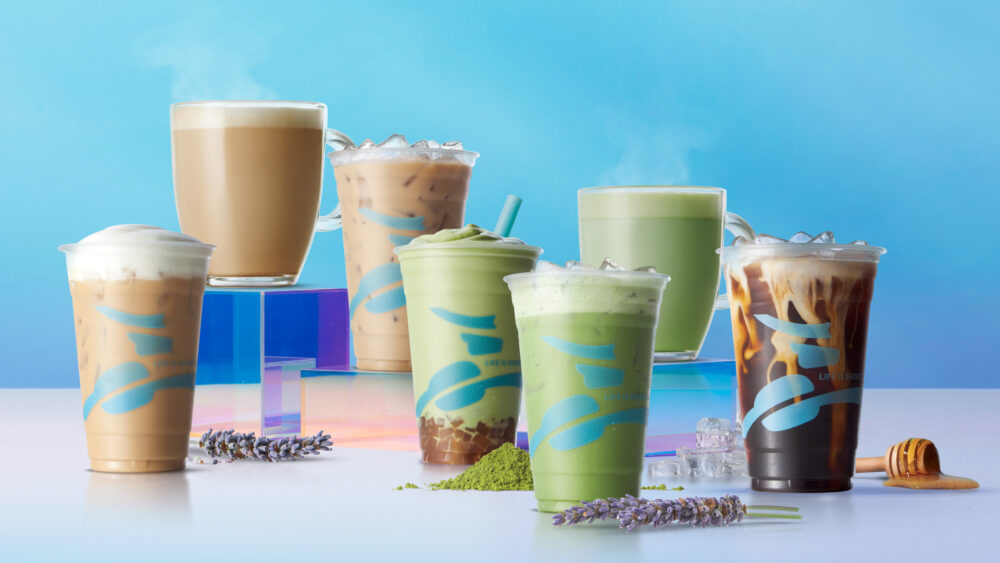
Image credit: Caribou Coffee
The rise of the “next big ingredient” follows a recurring cycle, moving from novel and emerging to widely established – mirroring the trajectory of now-mainstream ingredients like matcha. This trend is defined by the constant search for “what’s next”, with new ingredients emerging to either gain mainstream popularity or fade away. Upcoming ingredients like wolffia (duckweed), laksa leaf, and aronia are being highlighted for their functional benefits, such as promoting protein, immunity, and antioxidants, aligning with established consumer trends. The continued exploration of these ingredients reflects the industry’s pursuit of novel options that meet evolving consumer demands.
Star-Powered Drinks
The trend around celebrity drinks brands has gained mass traction over the last few years and is set to continue growing this year. Celebrities are capitalising on this demand with healthy, functional, and indulgent offerings across soft and alcoholic categories.
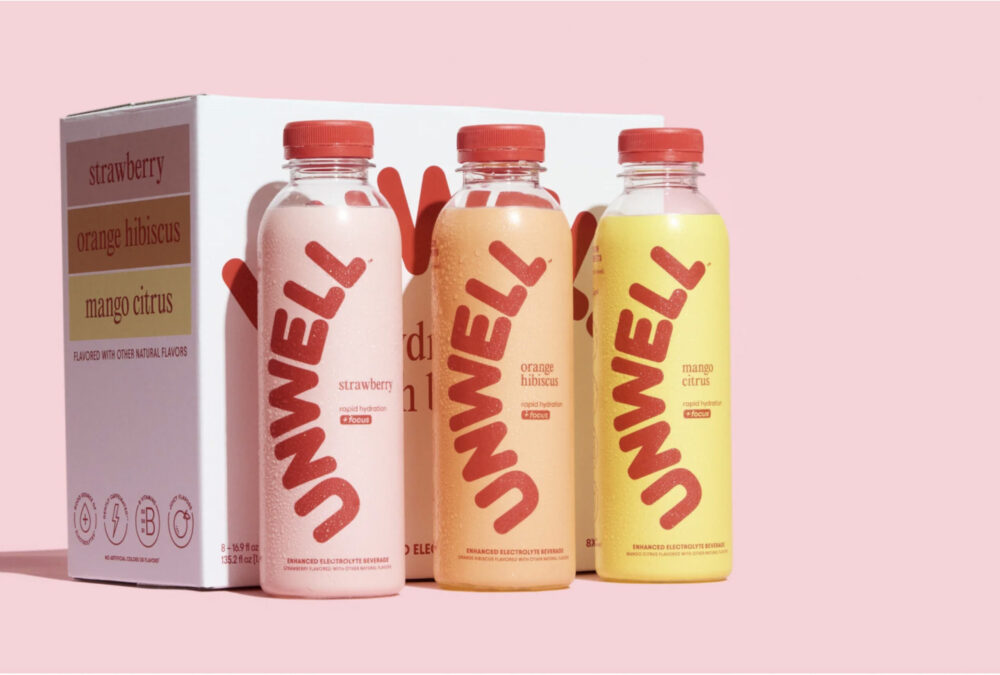
Image credit: Unwell
The success of products in the early 2020s, such as Prime, has highlighted the beverage industry as a fast-moving, exciting place for investment from well-known figures. Emma Chamberlain’s RTD coffee (USD $2.3 million in sales, Q2 2023, Nielsen 2024), Alex Cooper’s functional water launch ‘Unwell’, and Sabrina Carpenter’s Blank Street ‘barista’ event in London are all examples of celebrities monetising this trend.
As the space gets more saturated it will be important to combat fatigue by ensuring strong and relevant alignment between the brand and the celebrity.
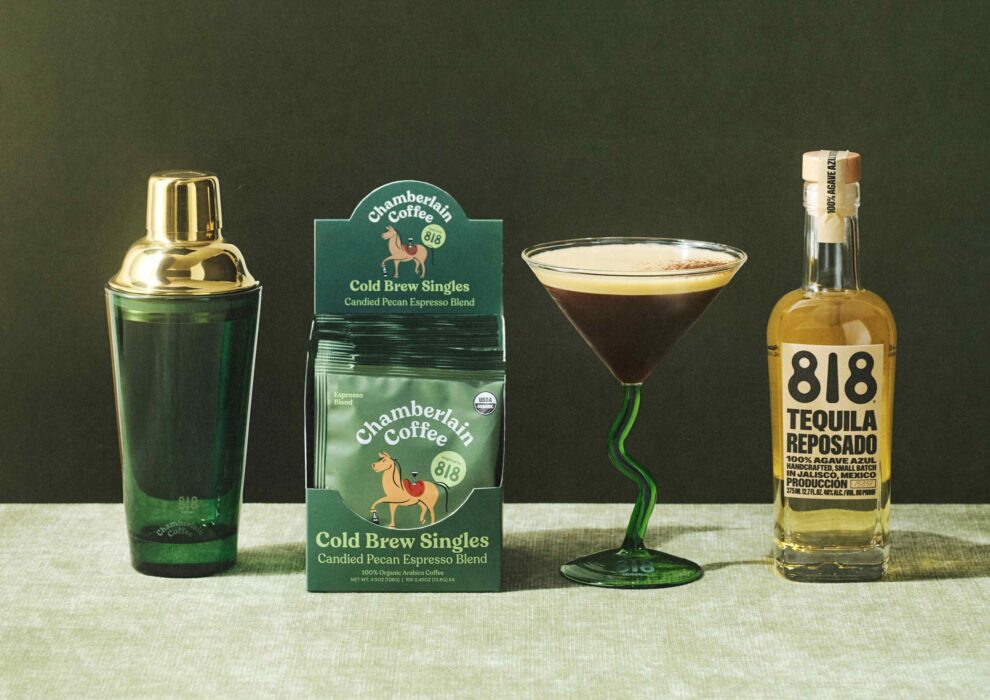
Image credit: Chamberlain Coffee
Alcohol Excitement
Alcohol remains a fast-moving space for innovation and consumer sales, with subcategories of non-alcoholic alternatives, low alcohol and RTD products emerging in response to a broad range of consumer needs. This trend reflects the rising demand for both alcoholic and non-alcoholic options, showcasing a shift toward a more ‘flexitarian’ drinking approach. Alcoholic beverages remain popular, with growth in RTD and lower ABV options emphasising the desire for experience, convenience, and health.
Simultaneously, consumers are gravitating towards non-alcoholic alternatives for social occasions. These include non-alcoholic beers, spirits, and botanical-based drinks positioned as sophisticated alternatives, designed to sit seamlessly alongside alcoholic options in a bar fridge.
Emerging sub-categories like hard soft drinks and botanical-infused formulations are gaining traction, offering a more sophisticated take on flavoured alcohol. These innovations represent an evolution from the traditionally high-sugar options, catering to modern consumer preferences for refined and diverse flavour profiles.
An Exciting Year Ahead…
In 2025, the beverage industry will continue to evolve, balancing human connection with technological innovation, sustainability with star power, and tradition with experimentation. As consumer expectations grow, brands that embrace authenticity, transparency, and creativity will thrive – shaping a beverage landscape that is both dynamic and deeply connected to shifting cultural and environmental priorities.
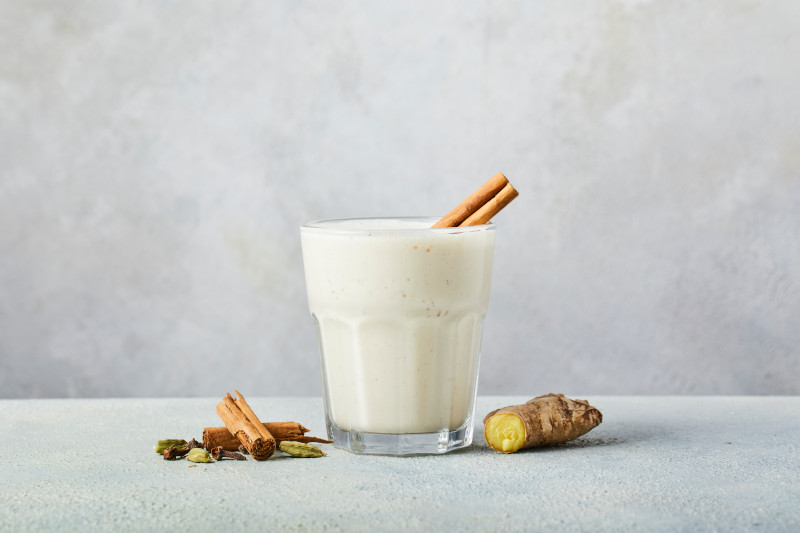
Image credit: Kerry
Siân Edwards is director, strategy & insights at Finlays, a leading B2B supplier of tea, coffee, and botanicals. She is responsible for understanding the trends and dynamics that drive the global market for tea, coffee and botanical ingredients. With operations across four continents, Finlays serves as a trusted supplier of tea, coffee and extract ingredients and solutions to brand owners, retailers, and foodservice operators around the world.

